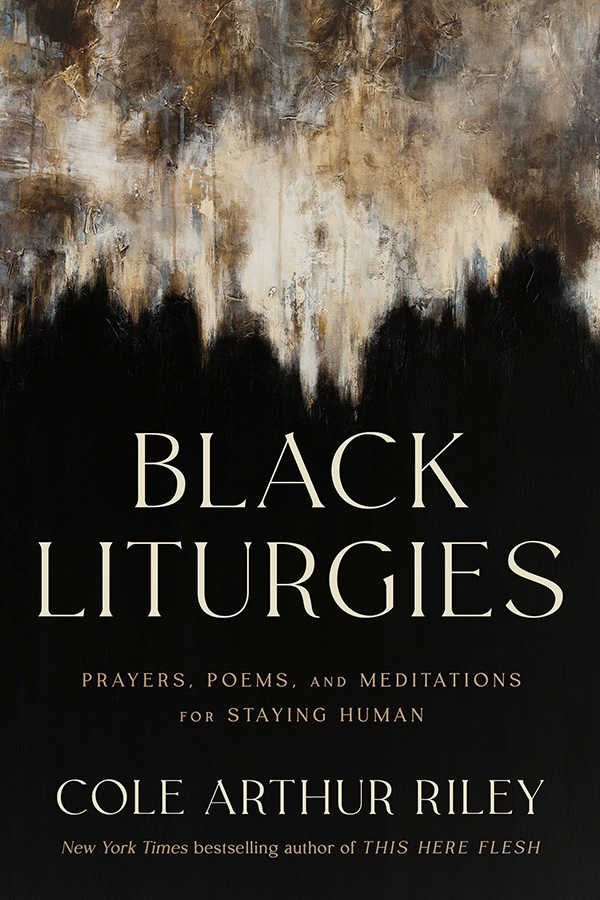Opening the inbox reveals a constant stream of bad news. A Baptist denomination reduces the salaries of all employees. A Presbyterian group furloughs its staff for a week of unpaid leave and then, months later, eliminates 10 percent of the work force. A few seminaries are closing, and more will.
Where do we go for instruction in times like these? The United States government turns to bailout plan after bailout plan. We turn to Lamentations, with dark words that seem eerily similar to the despairing proclamations of our times. But we turn to Lamentations not to wallow but to turn toward hope.
Lamentations likely was composed in the aftermath of 587 B.C.E., when the Babylonians swooped into Jerusalem, took control, captured and dragged off all the leading citizens into exile, and generally left the place a mess. Of the five chapters in Lamentations, three are funeral dirges. At the heart of the book is a personal lament in chapter 3. It begins: “I am one who has seen affliction under the rod of God’s wrath; he has driven and brought me into darkness without any light…”
The pain pours out through the poem until verse 21: “But this I call to mind, and therefore I have hope.” It seems incredible to make such a claim.
What is the basis of such hope? In verse 22 the poet writes: “The steadfast love of the Lord never ceases, his mercies never come to an end.” Hope does not come from an optimistic personality or healthy endowments or wealthy donors or reputations for excellence. Hope rests in God and God’s love.
How do we respond to the love and mercy of God? Lamentations 25 says, “The Lord is good to those who wait for him, to the soul that seeks him.” The call to wait seems out of place. But this is not a patient, passive waiting; it is a seeking of God, a craving to be with God. The desire for God motivates us to worship, pray, serve, study and all of the practices that provide the opportunity for God to form us. The turn to hope is based on God’s great love for us and the regular practice of seeking God.
Even with belief in that steadfast love, even with those practices that deepen our relationship with God, it is far easier to doubt. My natural tendency in the face of challenges is to resign myself to what is. I adjust my expectations to present difficulties. Others might fight against the current situation, doing battle with the powers that be. Frequently, people become cynical: We doubt what leaders say and expect any good news to be temporary or some sort of spin. We find fault with any action that is taken.
What would it look like to proclaim, “I have hope,” in the midst of today’s challenges? How do we respond with hope to those who doubt the future of traditional churches, seminary education and missions programs?
“I have hope” means that we identify and lift up the points of light where God’s grace shines. Childhood hunger has improved with the work of Christian organizations such as Bread for the World. Habitat for Humanity bears a Christian witness by organizing churches and others to build houses alongside those who need shelter. We affirm God’s work in the people around us and in the institutions where those people carry out their ministries. We notice the simple moments in our days.
In my first major job as a church consultant, I was helping a congregation talk about the pain of their former pastor’s betrayal. At a critical moment in the six-month process to find a new minister, I organized about 400 members into small-group discussions. Sitting alone in the fellowship hall, I felt anxious and guilty that I ought to do more to help the congregation make tangible progress. When the associate pastor walked by, I admitted I felt useless. He was startled, saying the congregation had struggled before I offered a framework for moving forward. “But the key is that you gave us hope,” he told me. “We don’t have the courage to have these conversations with each other without you sitting here.” Sometimes the turn to hope is the gift of presence, an encouraging word, a thoughtful question.
I turned to Lamentations to prepare a sermon for a colleague, a promising new minister, who selected Lamentations 3:21-26 as the Old Testament text for her installation service. The colleague experienced a call to ministry in this painful time, leaving a career she was just establishing to return to school and pursue the sometimes-grueling process of ordination. As I experienced her leading us in communion during the installation service, I was overcome by the communal nature of hope. Hope is sustained in the steadfast love of God that is reflected in communities of faith.
The hope in Lamentations and in our time does not overlook tragic circumstances. We all experience darkness that can be paralyzing and lonely. We struggle to see opportunity in the midst of layoffs and declining resources. But our hope is based in God’s steadfast love. Our future is God’s future. It is expressed in the Easter story. Jesus was born into the pain and hurt of this world, suffered, died and rose again. We are invited to share in that resurrected life in relationship with God and with one another.
Will you say it and live it with me? “I have hope.”








